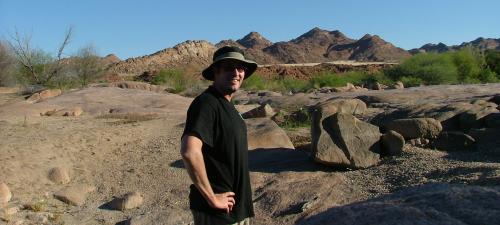I am not a huge adherent of big-city living. However, I will
say this of Edmonton: if you are a hunter it could be a lot worse living in a
greater metropolitan area of approximately 1.2 million. Right on the periphery
of our (creeping) suburbs exists some excellent opportunities to escape and indulge
in the imperative of the hunt. Even living quite centrally I can be into
publically accessible, good waterfowl wetlands within 35mins, big game in less than
twice that. Online mapping tools and apps even deliver to you detailed directions
for each of the multitude of public access lands close the city.
Furthermore, in Alberta we are not subject to onerous hunting licence
requirements or lengthy exams, we don’t need to enter lottery draws in the hope
of getting an opportunity to sit in a specific duck blind on a highly pressured
public wetland in the hope that birds will pass that spot, and we don’t pay for
access. All that you do is show up, find a safe spot that you think will work, toss out
decoys and (try to) shoot birds. It’s that easy; we are that fortunate.
As a show of respect we have those amongst us who express their
gratitude like this:
I really should have taken a better photo as the whole area was a mess of hulls, take-out cups, cans, an old chair, bags etc. I took out 2
bags of garbage and should have gone back for more. As an insult to injury there were also 2 empty
boxes of lead shot loads – this being illegal to shoot at migratory birds since
1999 (this blind is over water, so not sure what else they would be shooting
at?)
More to the point, this is not a rare sight in Alberta.
Runners, dog walkers, bird watchers et. al don’t see the hunters with integrity,
they see this. If we don’t pursue excellence in our conduct, knowledge and duty
to set an ‘ecological-example’ then hunting, and hunters, will lose.
© Brian Joubert






